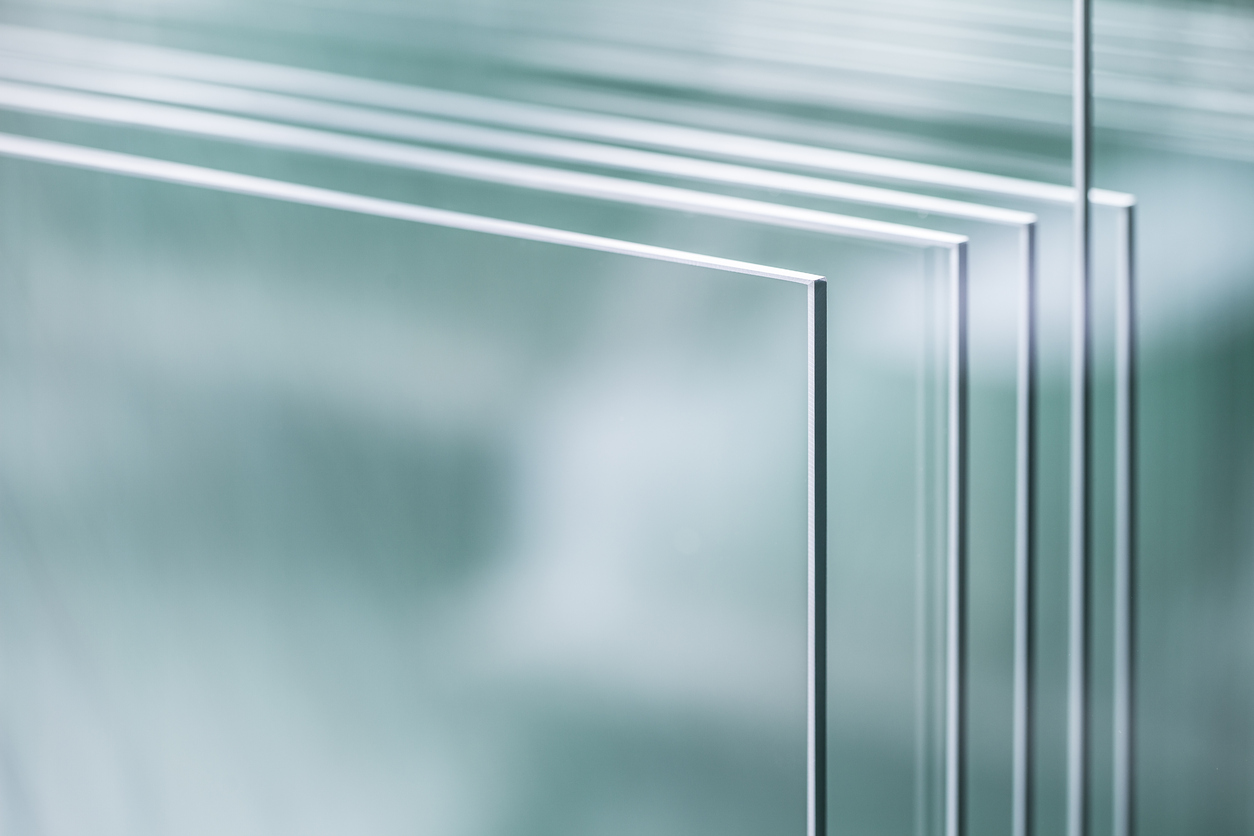

Frosted Glass Installation Enhancing Aesthetics and Privacy
Frosted glass has gained immense popularity in modern architecture and interior design due to its unique ability to balance aesthetics and functionality. By diffusing light while obscuring visibility, frosted glass provides an elegant solution for spaces that require both privacy and style. This article explores the benefits of frosted glass installation, various applications, and tips for incorporating it into your projects.
The Benefits of Frosted Glass
One of the primary advantages of frosted glass is its ability to create privacy without sacrificing natural light. This feature makes it ideal for residential and commercial spaces alike. For instance, frosted glass windows or doors allow sunlight to permeate the area, brightening it and creating an inviting atmosphere while preventing outsiders from seeing in. This makes it an excellent choice for bathrooms, conference rooms, and office partitions.
Furthermore, frosted glass adds a contemporary touch to any space. Its smooth, matte surface creates a sleek, minimalist aesthetic that can enhance the overall design of a room. This versatility allows frosted glass to complement various architectural styles, from modern to traditional. Additionally, it can serve as a canvas for creativity, as different frosted patterns and designs can be applied to suit the specific theme or branding of a space.
Various Applications
Frosted glass is suitable for a wide range of applications. In residential properties, it is commonly used for bathroom shower doors, privacy screens, and internal doors. Homeowners appreciate the aesthetic appeal and the sense of seclusion that frosted glass provides in intimate spaces like bathrooms and bedrooms.
In commercial settings, frosted glass is often utilized for office partitions, conference room windows, and retail displays. Companies can benefit from this material not only for its privacy features but also for its ability to diffuse harsh artificial lighting, creating a more comfortable working environment. Moreover, frosted glass can be customized with logos or branding elements, turning it into an effective marketing tool.

Frosted glass can also be used creatively in furniture design. For instance, dining tables or cabinet doors made from frosted glass can add a modern flair to a dining room or living space. This application highlights how frosted glass can serve both aesthetic and functional purposes in everyday life.
Tips for Successful Installation
When considering frosted glass installation, it is essential to keep a few factors in mind. First, selecting the right type of frosted glass is crucial. There are different methods to achieve the frosted effect, including acid etching, sandblasting, and using films. Each technique has its advantages and cost implications, so it’s important to choose one that best fits your needs and budget.
Second, ensure that the installation process is handled by professionals. While frosted glass can be a fantastic DIY project, improper installation can lead to issues such as leaks or structural concerns. Hiring experienced installers will guarantee that the glass is fitted correctly and safely.
Lastly, consider the overall design of the space. Frosted glass can be paired with various materials, such as wood or metal, to create a unique look. Think about how the frosted glass will integrate with surrounding decor, ensuring a cohesive and appealing design.
Conclusion
Frosted glass installation is an excellent choice for those looking to enhance both privacy and style in their spaces. Its aesthetic appeal, versatility, and ability to diffuse light make it a valuable addition to any project. By understanding the benefits, applications, and installation tips, homeowners and designers can effectively incorporate frosted glass into their designs, creating beautiful and functional environments.